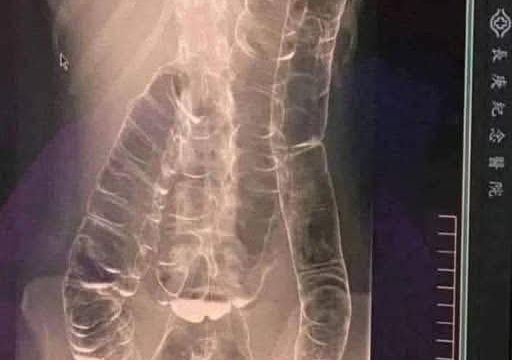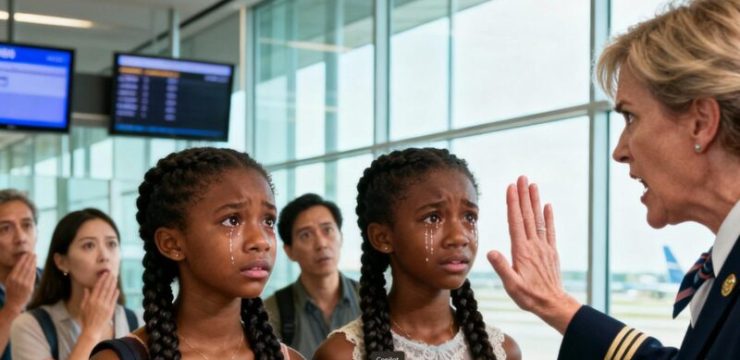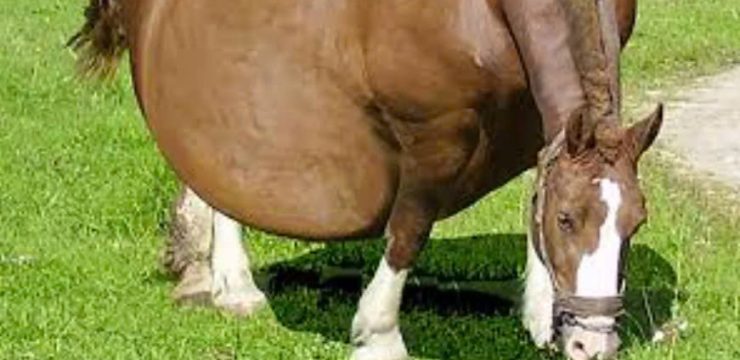On September 14, 2025, a small community in Dubberly, Louisiana, was thrown into panic when 10-year-old Peyton Saintignan disappeared from her family home, wandering off into the woods dressed in her Frozen-themed pajamas. Her family quickly raised the alarm, and within hours, local authorities had launched a massive search effort that would consume the next 24 hours and involve not just police but also volunteers, rescue teams with dogs, helicopters, and eventually advanced drone technology.

What began as every parent’s nightmare ended in what officials later described as nothing short of a miracle rescue. When Peyton was first reported missing, her family told police they had last seen her walking toward a woodland area near their property. The dense forest surrounding Dubberly made the search complicated and dangerous, with towering trees limiting visibility even for helicopters circling above. Neighbors, friends, and strangers poured into the area to join the hunt, combing through brush and shouting her name, desperate for any sign of the young girl. The Webster Parish Sheriff’s Office coordinated the effort, and Sheriff Jason Parker admitted later that the search became increasingly frantic as night fell and the hours ticked away without results.
Despite the use of tracking dogs and aerial sweeps, the thick canopy concealed Peyton’s location. Hope began to fade—until technology stepped in. The turning point came when Drone Management Services LLC, a company based in Magnolia, Arkansas, volunteered their expertise. Offering specialized drones equipped with high-tech thermal imaging cameras, they gave police an aerial advantage that even helicopters couldn’t provide. The devices were deployed over the forest late that evening, and their operators carefully scanned the dark terrain for any heat signatures. Suddenly, on one operator’s monitor, an unusual shape appeared—a small, curled-up figure glowing faintly against the muddy ground.
As the drone zoomed in, the team realized with joy and relief that it was Peyton. The child had curled herself into a ball on the forest floor, still barefoot, still wearing her blue Frozen pajamas, her legs partially covered with leaves. The operators could be heard on the recording cheering and even crying as they realized they had finally located her alive. At around 11 p.m., rescuers on the ground moved into the coordinates provided by the drone team. The heartwarming footage captured the moment when an officer approached Peyton, gently waking her from her exhausted sleep. Though groggy, she immediately reached out for comfort, hugging the man who found her before leaping into the arms of another rescuer who carried her to safety.
Sheriff Parker himself was among those who helped bring her out of the dense forest and back into the arms of her relieved and weeping parents. “She was in dense woods roughly 300 yards from where a trail camera had recorded her earlier that morning,” Parker explained. “She was asleep when we found her. We’ve had her checked by EMS, and she is fine—back at home and hungry. I can’t tell you how thrilled we all are to have a happy ending to this. A lot of prayers were answered today.” The company behind the drones described their role in the search as one of the most heartwarming moments they had ever experienced.
Their contribution was pivotal, since traditional methods had failed; the helicopters couldn’t detect her through the treetops, and while search dogs worked tirelessly, the thick terrain made progress slow. The drone’s thermal imaging, however, pierced through the natural cover and gave rescuers the chance to spot what human eyes could not. Peyton’s case quickly spread as a story of hope, resilience, and the extraordinary impact technology can have when combined with human determination. It highlighted how modern search-and-rescue methods increasingly rely on drones, not just for their aerial vantage point but for their ability to capture infrared heat patterns invisible in the dark.

In fact, her rescue drew comparisons to an earlier case in Utah in 2021, when a missing 47-year-old woman was found alive after six months living in a flimsy tent in a canyon. That search also relied on drone technology, though the discovery was more accidental—the drone crashed near her shelter, alerting rescuers to her presence. She had survived against freezing winter conditions, though severely underweight. Stories like these reinforce the value of integrating drones into search operations, turning potential tragedies into miraculous survivals.
For Peyton, her ordeal ended with tears, hugs, and a safe return to her family after a day that must have felt like an eternity for those who loved her. For the officers and volunteers, it was proof that persistence, community spirit, and the right tools can change the outcome of what initially looks like a hopeless situation. And for the community of Dubberly, it was a reminder that miracles do happen, sometimes delivered through the hum of a drone overhead.





